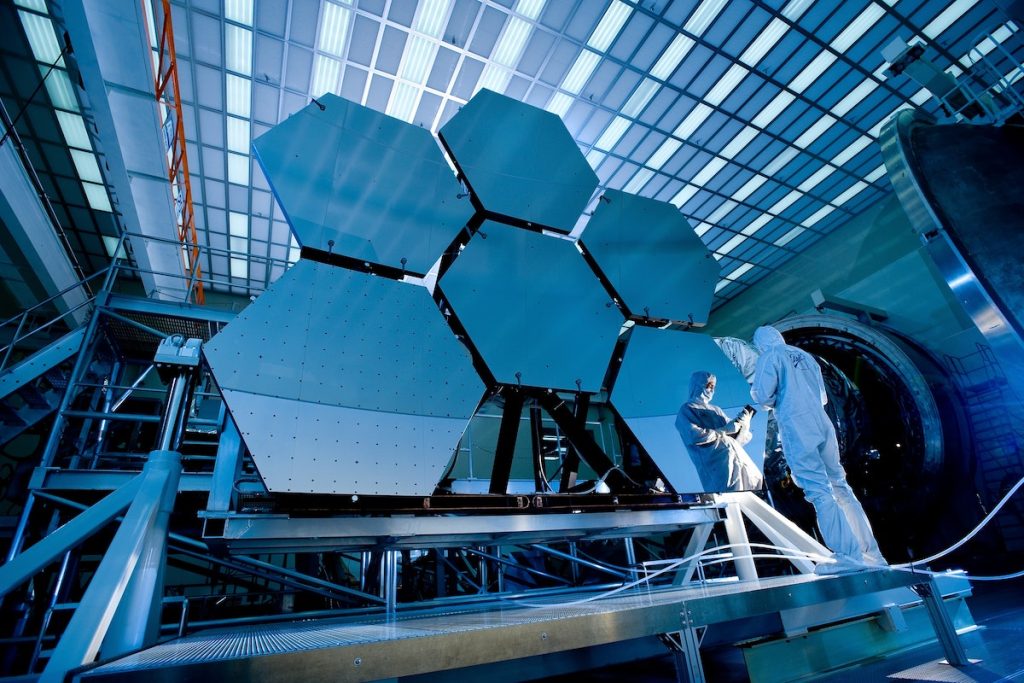Science and technology have come a long way since the days of Isaac Newton’s three laws of motion or Albert Einstein’s Theory of Relativity. But how far is too far? As science advances, so does the potential for danger that comes with it.
What happens when man strives to understand things beyond his power? As Winston Churchill pointed out in 1949, new technologies also create problems. From destructive weapons to privacy concerns – uncover what you may not want to know but need to consider in pursuing more excellent scientific knowledge.
Let’s explore some dangerous truths about modern science and technology that everyone must know.
The dangers of modern science and technology

Science and technology are undeniably the defining force of modern life and, together, have drastically improved our comfort and day-to-day living. Despite appearing like a miraculous solution to complex problems, advancements in science and technology are associated with numerous dangers that must be addressed before they become a hazard to humans or the environment, as you may have seen in several ads, pamphlets, or car decals:
Genetically Modified Organisms
One of the dangers of modern science and technology is the increasing use of genetically modified organisms (GMOs). Genetically modified organisms (GMOs) are produced by introducing genes from one organism into another to make a variety tailored to meet a specific requirement.
Due to the scarcity of long-term data regarding the safety of consuming GMOs, some people believe they may harm human health.
Pesticides
Pesticides are chemicals that kill insects or other organisms that may harm crops. While pesticides can help increase crop yields, they can also harm human health. Numerous studies have linked pesticide exposure to various health problems, including cancer, reproductive issues, and neurological problems.
Nanotechnology
Nanotechnology is the manipulation of matter on an atomic or molecular level. While nanotechnology has the potential to revolutionize many industries, it also poses several risks to human health and the environment. For example, nanoparticles have been shown to cause lung damage in animals, and there is concern that they could also cause lung damage in humans.
Nuclear Technology
Radioactive waste produced by nuclear power plants can remain dangerous for thousands of years. If this waste is not properly disposed of, it can leak into the environment and contaminate soil and water supplies.
Climate Change
Finally, climate change is one of the most dangerous effects of modern science and technology.
If you’ve been driving, you’ve probably seen a billboard, social media ad, or stickers for cars about climate change.
Climate change is the gradual increase in the Earth’s average surface temperature due to greenhouse gasses trapping heat in the atmosphere. This trapped heat causes the Earth’s climate to become warmer, which can lead to several negative effects, such as more extreme weather events, rising sea levels, and extinction of plant and animal species.
Risks of using technology

While modern-day computer systems, smartphones, and other state-of-the-art gadgets offer us those conveniences that we have grown so accustomed to in our everyday lives, we also must recognize the consequential issues associated with their use. There is a critical need to understand and ascertain the pitfalls of using today’s high-tech devices to ensure safe digital practices for everyone involved:
Increased Cybersecurity Risks
With more and more devices and systems being connected to the internet, hackers have more opportunities to gain access to sensitive information. With the advancement of technology, hackers are also becoming more sophisticated in their methods.
Dependence on Technology
Technology also poses the risk of developing a dependence on it. As technology becomes more important for communication, navigation, and entertainment, it may become more necessary for us to function. In the event of a technology failure or an absence of the technology, this dependence could pose problems.
Privacy Concerns
Since our lives have become increasingly digitized, there is a greater risk of our personal information being leaked or stolen. Additionally, companies and governments can use data collected from our devices and online activity to track our movements and actions.
Job Losses
Jobs created or lost by technology are often used to measure technology’s impact on the labor market. As machines and artificial intelligence become more advanced, they will be able to handle an increasing number of tasks currently performed by human workers. This could lead to large-scale unemployment and a decrease in wages for those who can keep their jobs.
How can we mitigate the risks associated with modern science and technology?
As the world rapidly progresses toward an increasingly digital and automated future, we must address the potential risks associated with our ever-growing reliance on modern science and technology. We must develop strategies to minimize undesired outcomes from the impressive advancements in these fields if humanity is to capitalize on the tremendous benefits they offer.
There is a need to develop a comprehensive framework for safeguarding all those involved in contemporary science and technology ventures – from ethical considerations to hazardous conditions posed by specific technologies.
Here are several ways to mitigate its negative effects:
Increase public understanding
Too often, the general public needs to be aware of the risks associated with specific technologies, which can lead to disastrous consequences. For example, many people need to be mindful of the risks associated with nuclear power plants, which can lead to a nuclear accident if not properly managed.
Safety regulation
Improved regulation of modern science and technology is another way to mitigate the associated risks. Many regulatory agencies oversee different aspects of science and technology, but these agencies often need to be more funded and staffed. As a result, they cannot effectively regulate these technologies’ use, which can lead to accidents or misuse.
Improve safety standards
Modern science and technology may also be mitigated by improving safety standards. Currently, many safety standards are voluntary, so companies are not required to follow them. This can lead to dangerous situations, as with the Deepwater Horizon oil spill in 2010.
International cooperation
As a result of improved international cooperation, modern science and technology risks can also be mitigated. Currently, there needs to be more coordination between different countries on issues related to science and technology, leading to problems when one country develops a new technology that needs to be properly tested or regulated.
Modern science and technology have become a double-edged sword
It is not an exaggeration to say that science and technology are changing the world at an accelerating pace. And while there are many potential benefits to these advances, there are also dangers that must be considered. The increasing dependency of modern society on science and technology has led to a situation where we are now dangerously reliant on systems that we need to understand.
This is particularly true regarding managing our natural resources, which are being depleted at an alarming rate. The danger lies in our willingness to believe that technology can always find a way to solve problems created by previous generations of technology.
We need to be more critical of the claims made by those who would sell us new technologies and demand better evidence for their effectiveness. Only then can we avoid making the same mistakes in the future.



